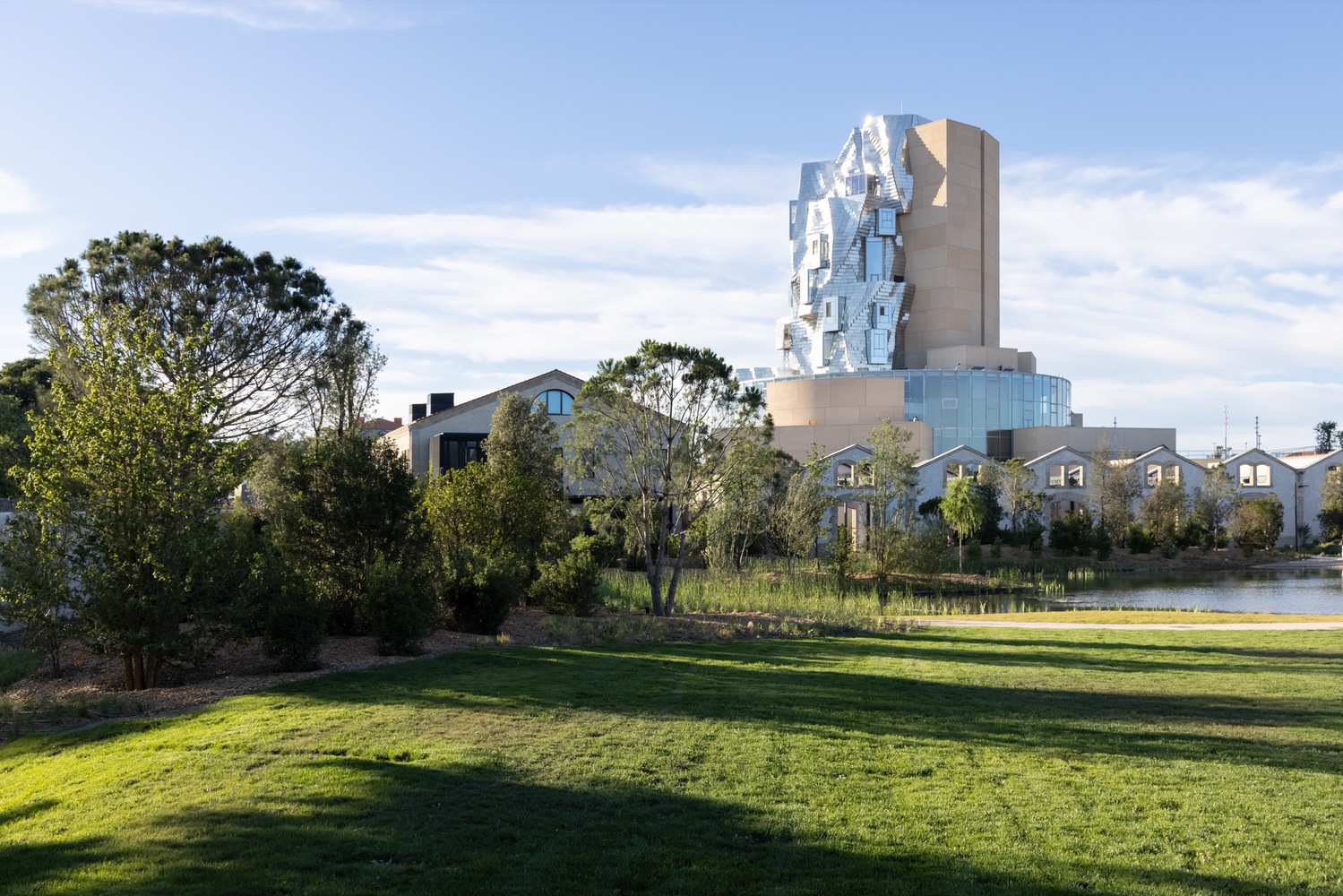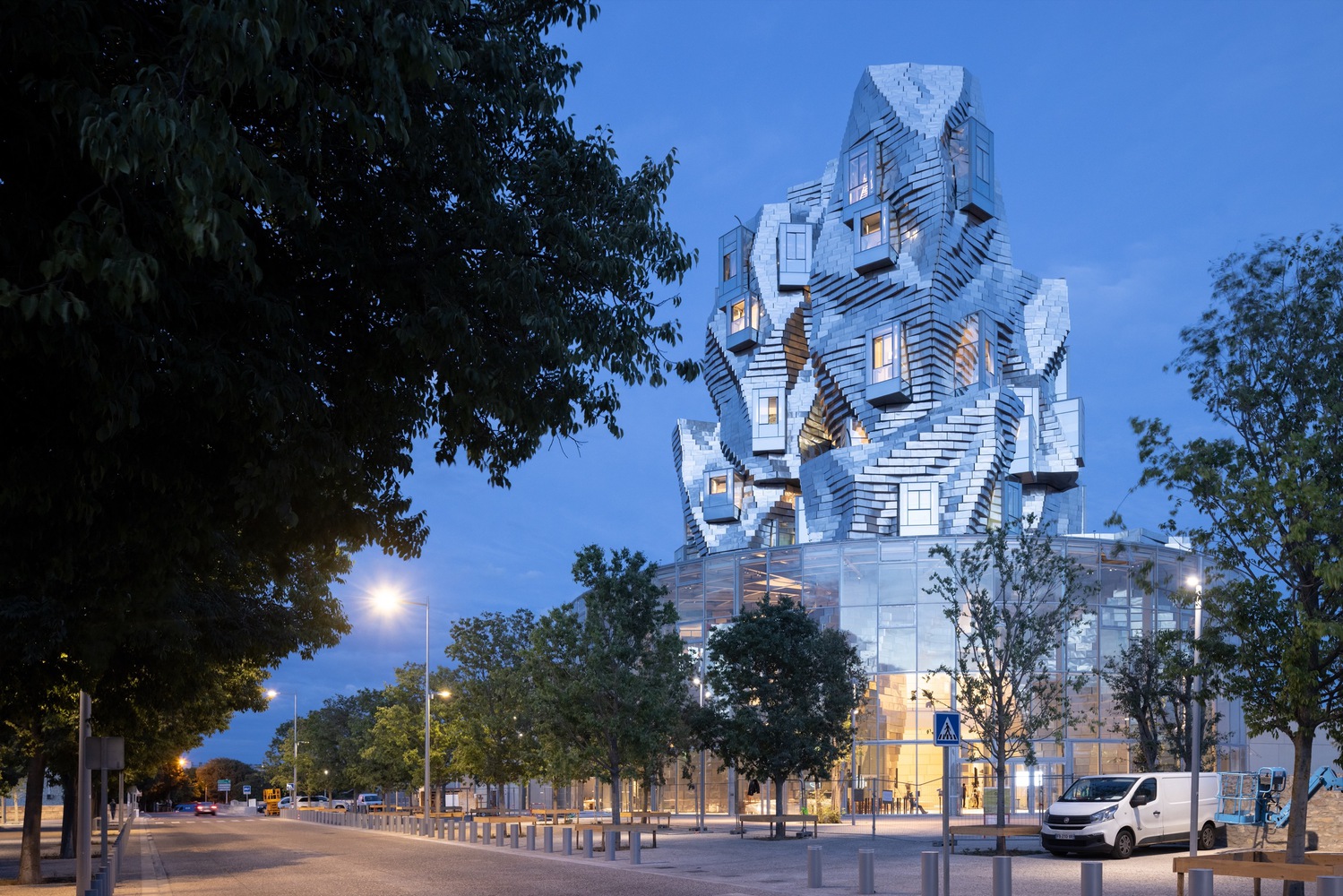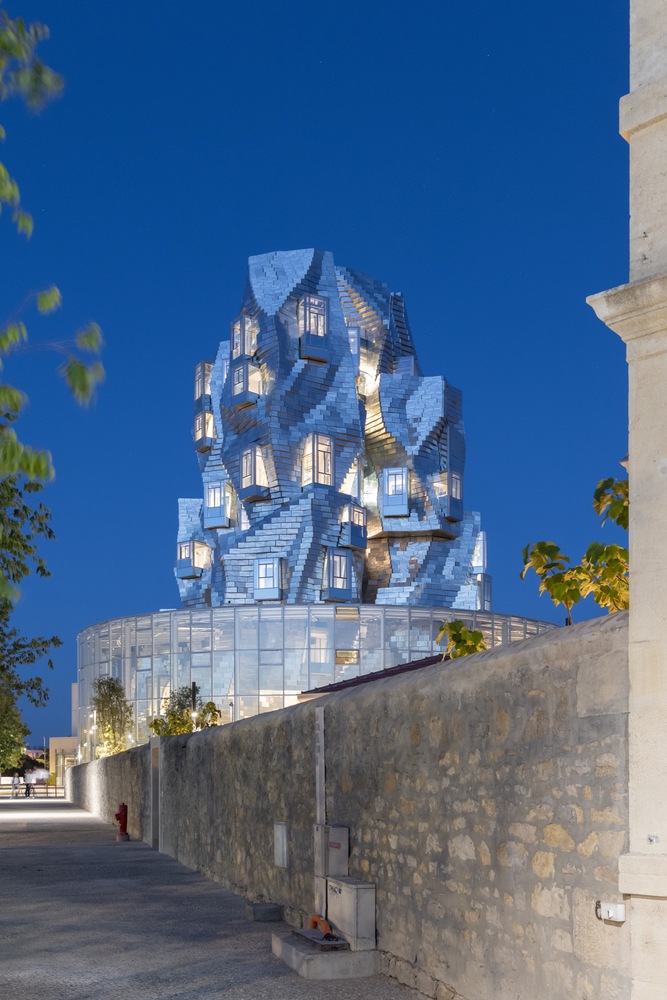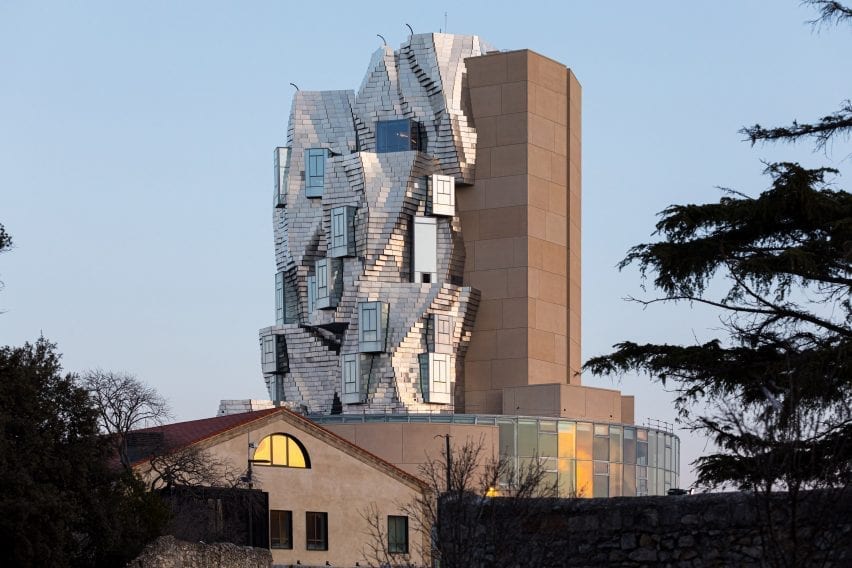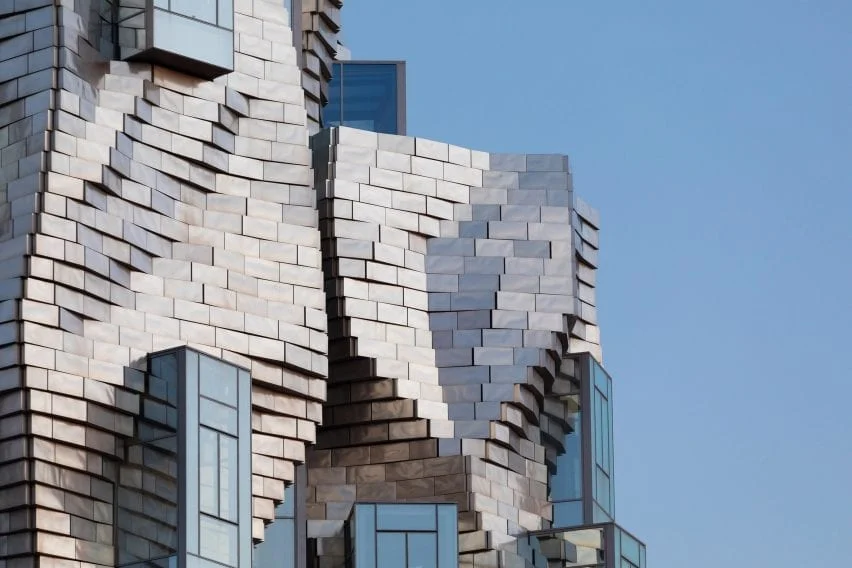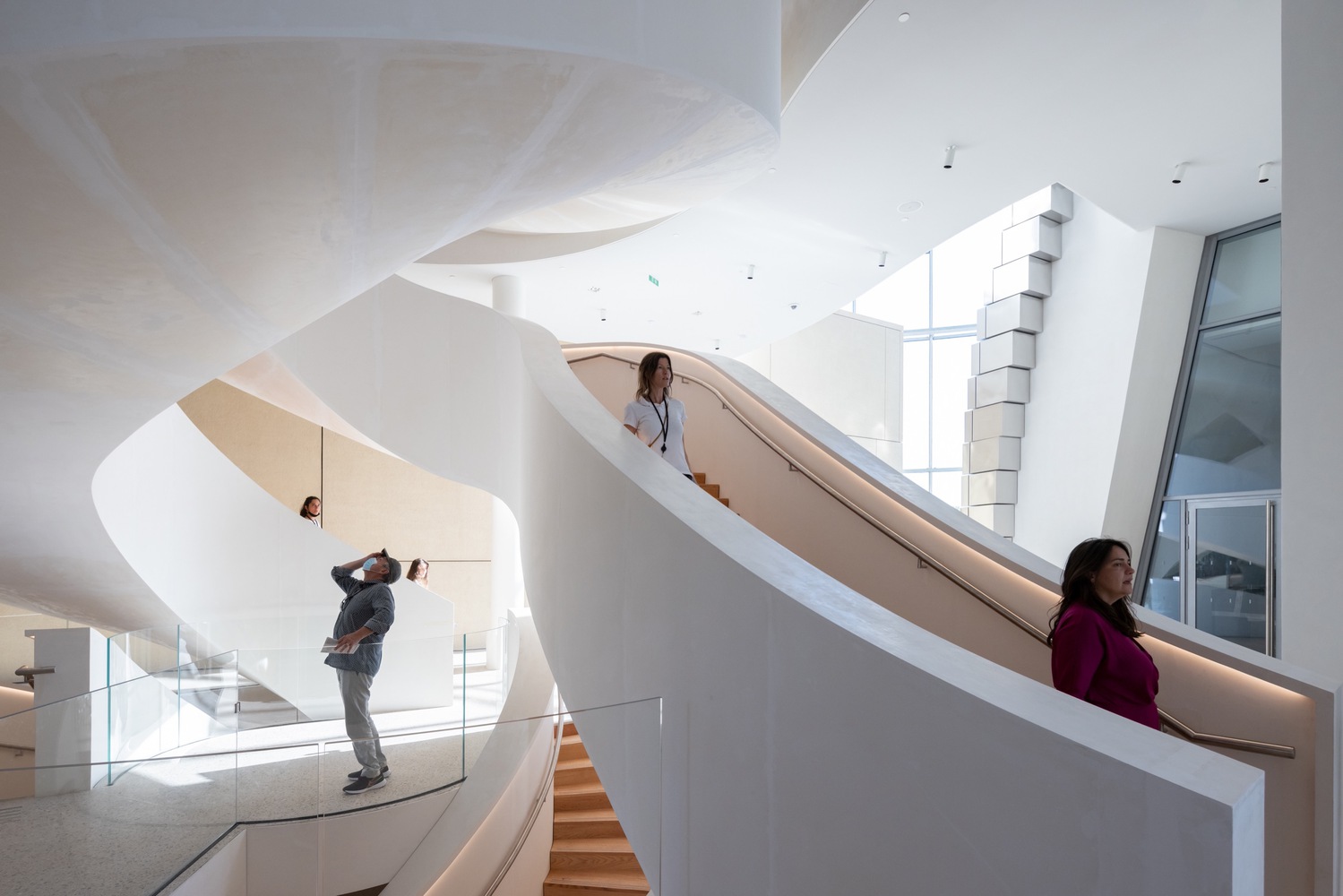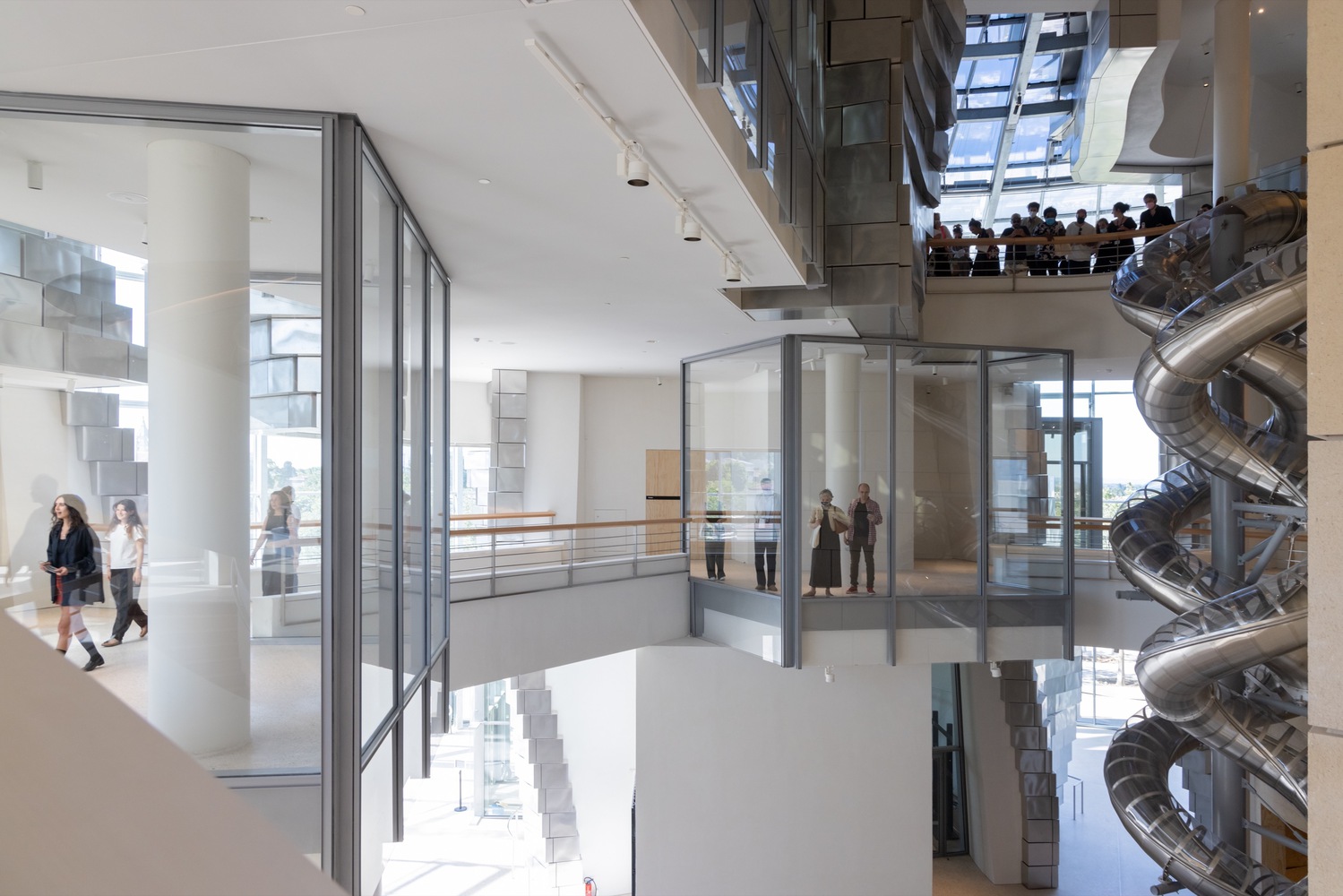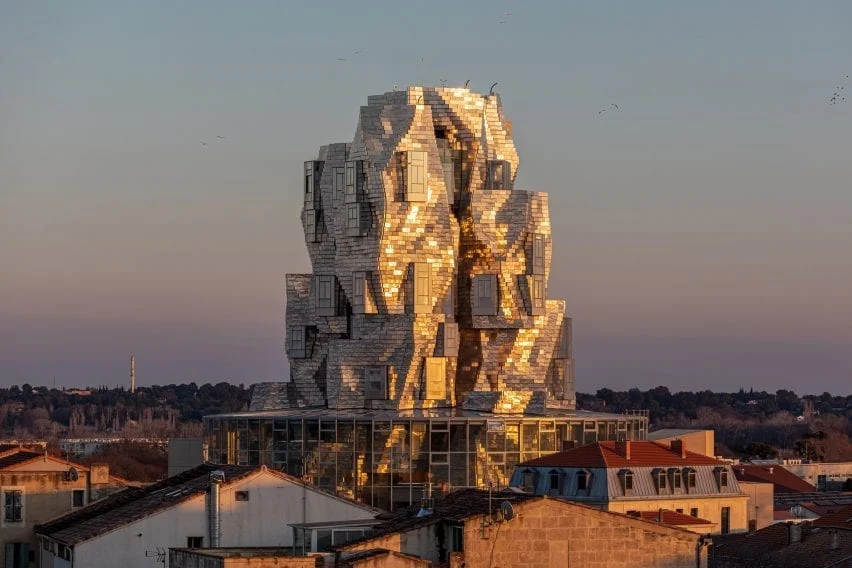
LUMA Arles / Frank Gehry
The Luma Arles campus was opened at the end of June, where, as the new landmark, a spectacular 56 m high tower stands out with its 15,000 sqm surface area and its façade covered with 11,000 irregularly arranged stainless steel panels, that capture the light of Arles and those reflections so dear to architect Gehry.
With the completion of the Luma Tower, designed by famous American architect Frank Gehry, Luma Arles officially opened to the public last June. Luma Arles is the creative campus of the Luma Foundation, a nonprofit organization established in Switzerland in 2004 by the art collector and patron Maja Hoffmann and focused on the relationships between art and culture, research, environmental respect, human rights and education.
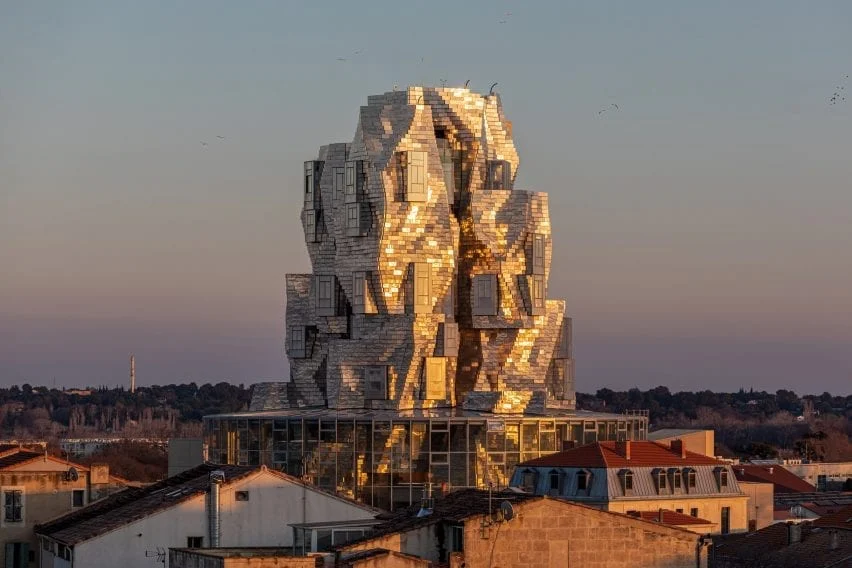
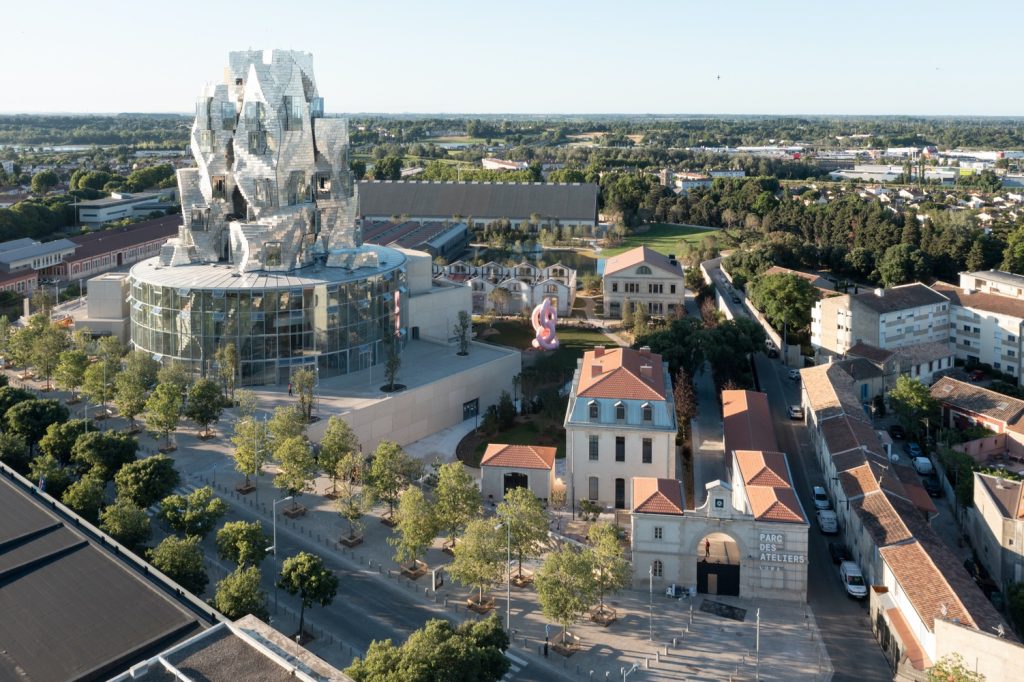
The Foundation, that since 2013 has had also a home in France, in the city of Arles – famous for its impressive Roman
monuments and the many ancient and modern buildings listed as World Heritage Sites for which it has obtained the title of City of Art and History – has started, in collaboration with architect Frank Gehry, the project to restore an abandoned industrial area of 11 hectares, previously occupied by seven railway warehouses, which has been transformed into the Parc des Atelier: a far-sighted model of a site dedicated to contemporary creation with the aim of promoting the activity of artists, professionals, researchers and independent scientists at an international level.

After the renovation of most of the warehouses, turned into exhibition or performance spaces or Art Residences,
and the completion of the public park, transformed by Belgian landscape architect Bas Smets into a neat garden
connecting the site with the city, the Luma Arles campus was opened at the end of June, where, as the new landmark, a
spectacular 56 m high tower stands out with its 15,000 sqm surface area and its façade covered with 11,000 irregularly
arranged stainless steel panels, that capture the light of Arles and those reflections so dear to architect Gehry.

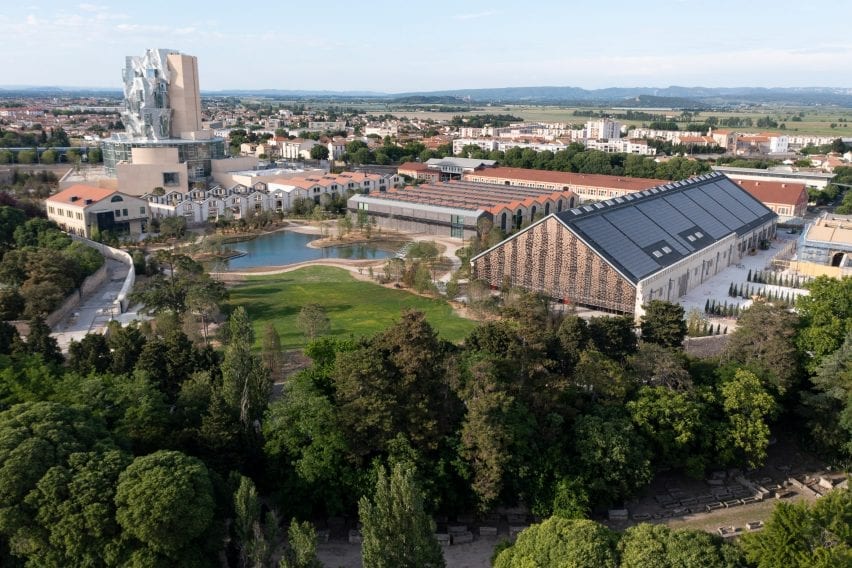
In the new Luma Tower, built to house exhibition spaces, research and archive facilities, workshop and seminar rooms and a rooftop panoramic terrace, there are evident references, sought-for by architect Frank Gehry, to important natural, architectural and artistic symbols of the city of Arles. To create a dialogue with the skyline of Arles, populated with several towers built from the ancient times to the Middle Ages up to the present, the architect drew inspiration from the limestone peaks of the Alpilles, the small mountain range that rises from the Rhone Valley northeast of Arles. These jagged geological formations, which stand in stark contrast to the plain of the valley from which they emerge, have had a strong formal and contextual impact on the new building.

© Adrian Deweerdt 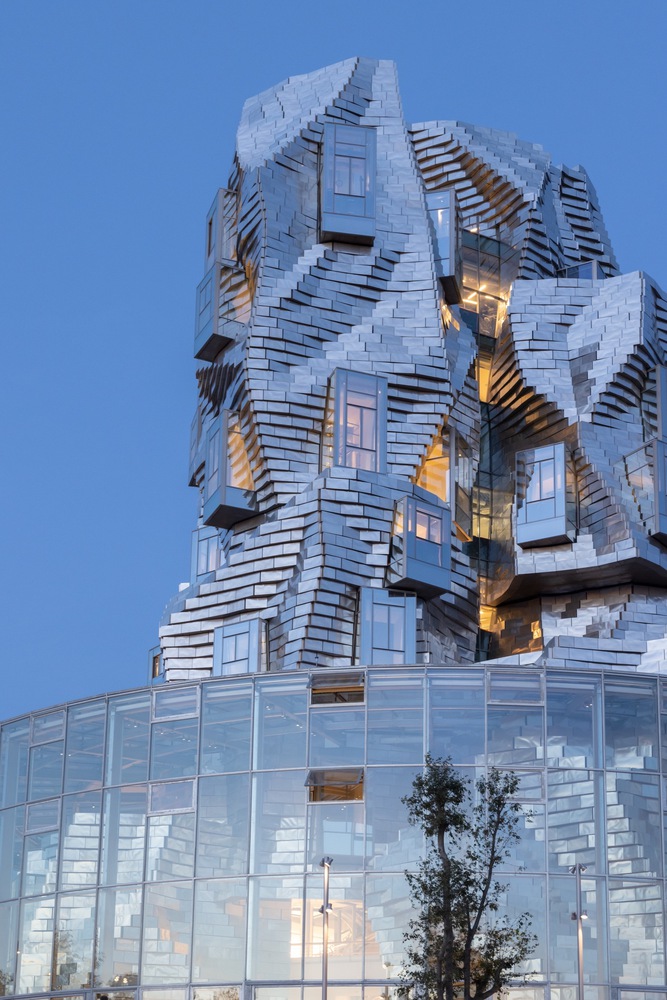
© Iwan Baan
The same rock masses have played a significant role also in Van Gogh’s pictorial practice after his stay in Arles: the traits with which the artist depicted the Alpilles influenced the criterion of fragmentation of the tower surface into irregular, visible modules, reinforcing the image of a dynamic painterly building, which changes in appearance as one moves around it.
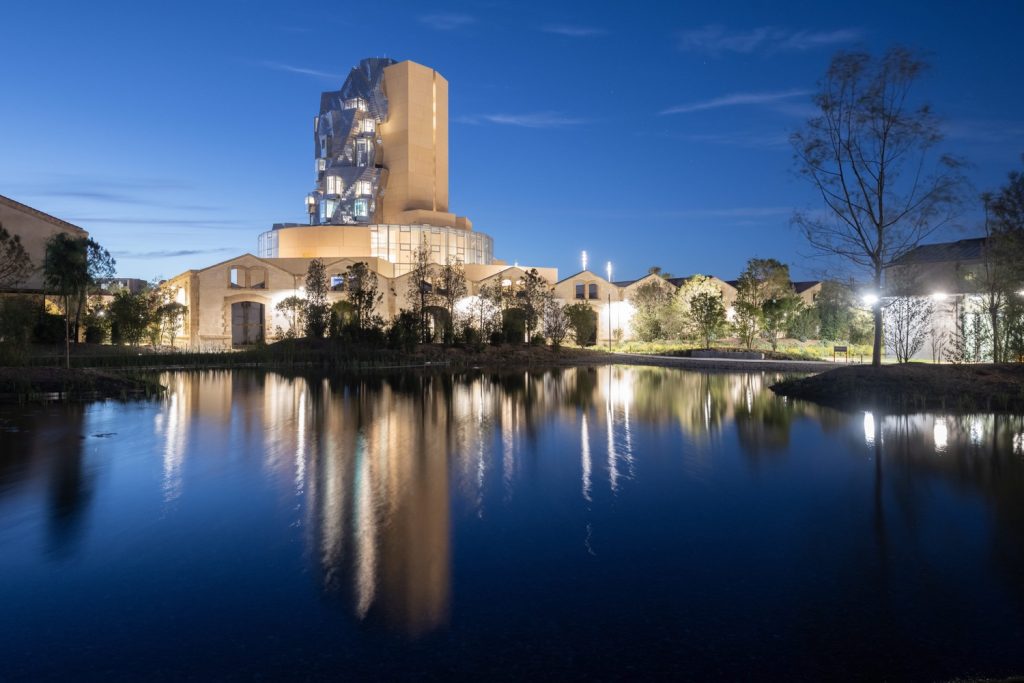
As each of the many panels reflects light differently, the building takes on, over the course of the day, the colors and hues of the surrounding context and sky. Again to Van Gogh is Gehry’s reference to the evocative light effects
of the famous Starry Night, painted by the artist in the mental hospital in nearby Saint-Rémy-de-Provence. As Maja Hoffmann stated, architecture and art are two ways of creating that nourish each other when the symbiosis occurs at the right time and in the right conditions.
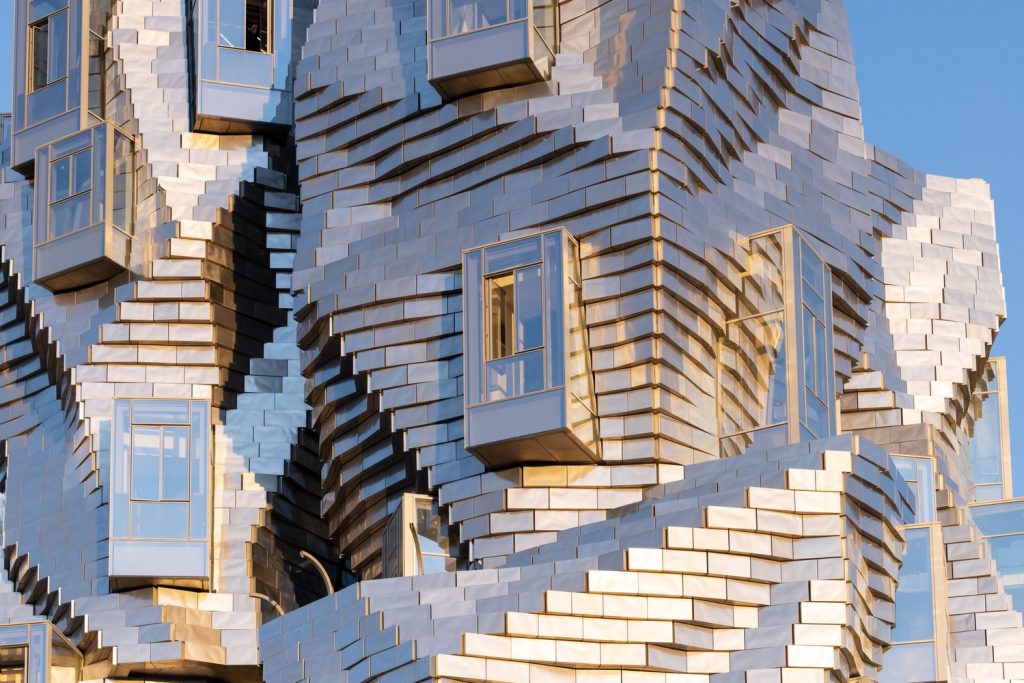
In The Tower, the architecture and the works of art are integrated. Art is part of the structure of the building in
which artistic construction and production find a common language and synchronize to form a single environment. At the base of the building, a circular glass drum houses on three levels the entrance ticket office, a cafeteria and the
first exhibition galleries.
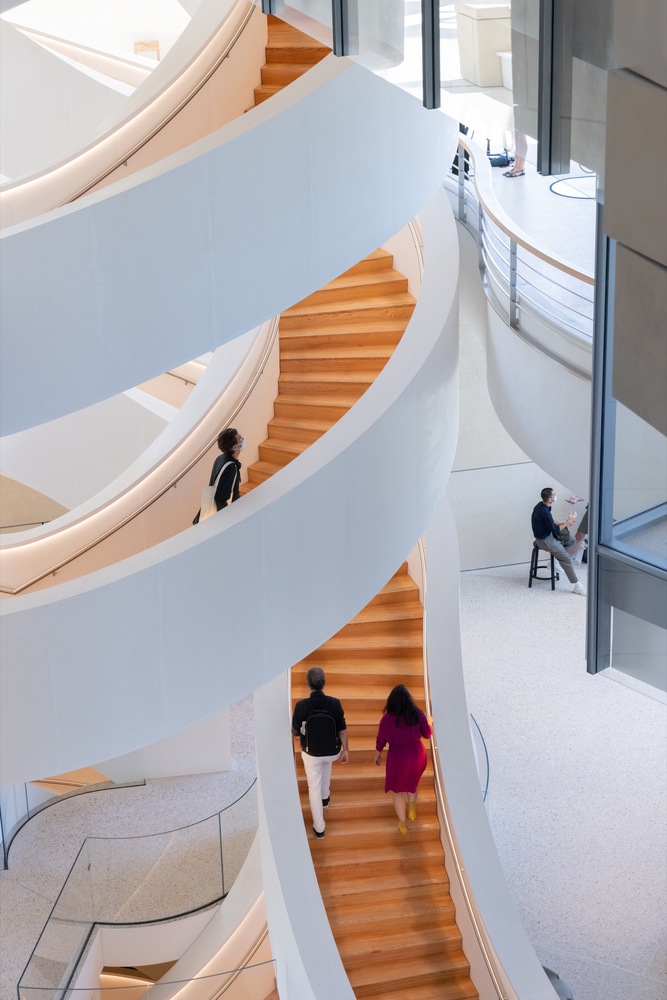
© Iwan Baan 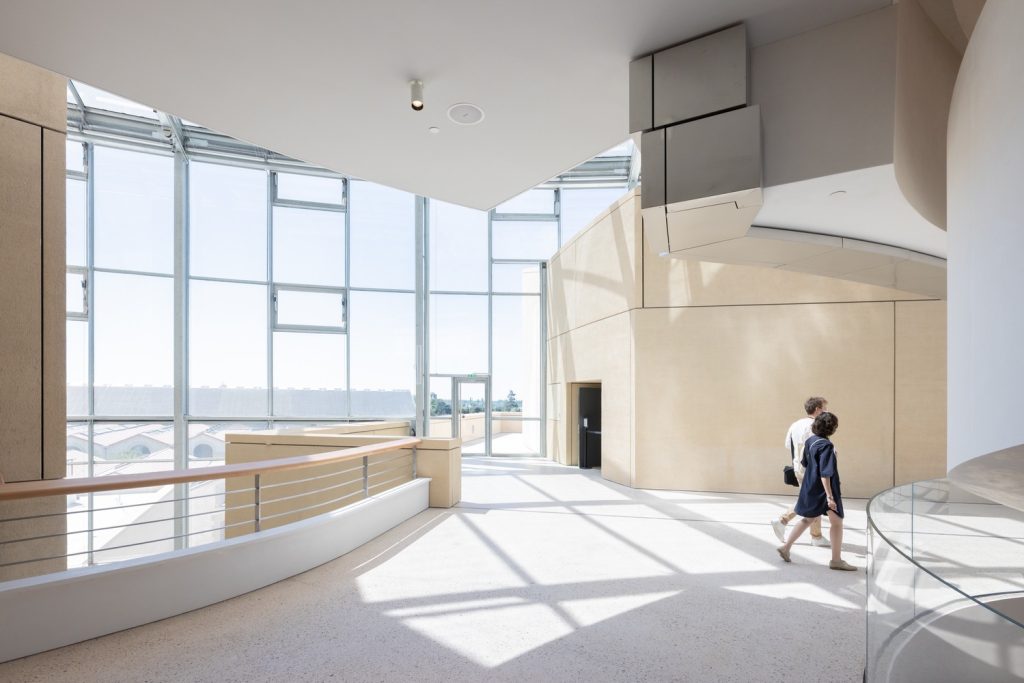
© Iwan Baan
Also here it is possible to find a reference to the context in the scale and geometry of the drum, clearly inspired by
the Arles Arena, the Roman amphitheater built at the end of the 1st century AD and considered the symbol par excellence of the Provençal city.

